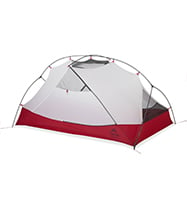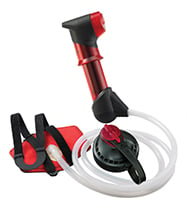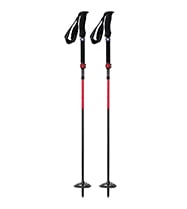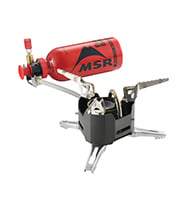Tips for Thru-Hikers: Hiking the PCT & CDT in the Snow
After surviving the desert on the Pacific Crest Trail and Continental Divide Trail, thru-hikers enter the most difficult section of the trail: the Sierra Nevada and San Juans Mountains, respectively. Northbound hikers tend to reach this section in the spring when snow is still present for hundreds of miles. At this point, thru-hikers must make a decision on their next course of action.
When I thru-hiked the PCT in 2015 and CDT in 2016, I opted to continue hiking through the snow-covered mountains. I ended up being one of the first thru-hikers to make it through the snow during both hikes. As someone who has experienced both trails in the snow, I want to share some tips regarding thru-hiking both the Sierras and San Juans in the spring.
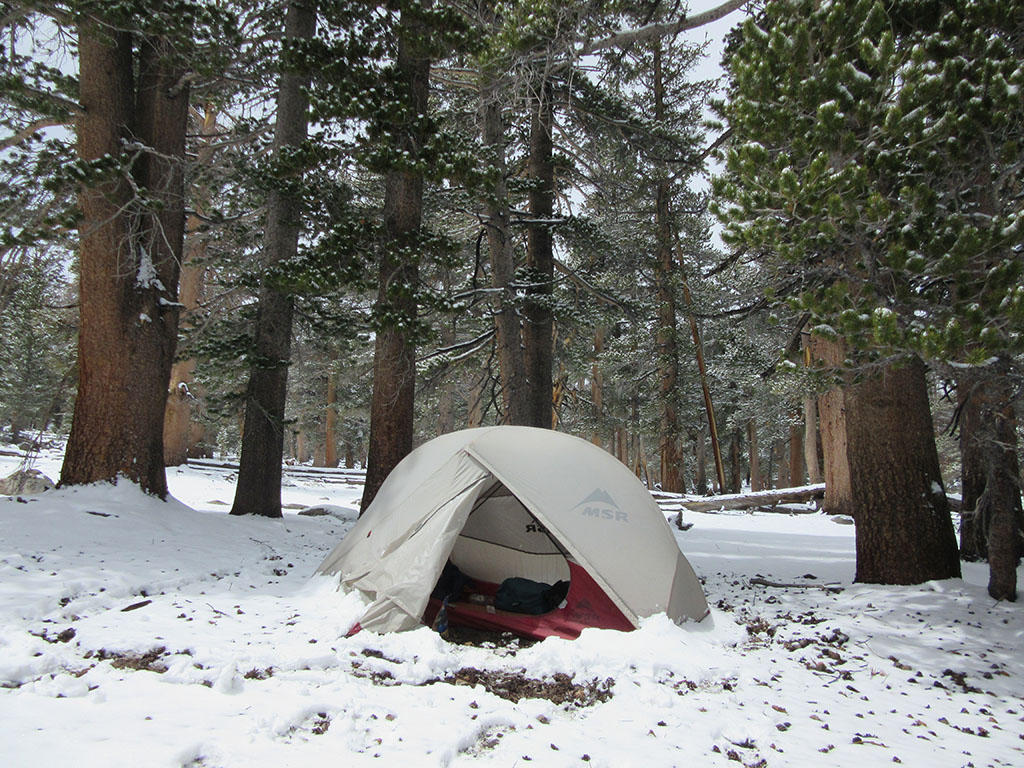
Hiking the PCT | Where is the snow?
Snow is generally a concern from Kennedy Meadows, CA (mi. 702) to Echo Lake/South Lake Tahoe, CA (mi. 1092) and possibly beyond to Truckee, CA (mi. 1153).
Hiking the CDT | Where is the snow?
Snow is generally a concern from Ghost Ranch, NM (mi. ~560) or Chama, NM (mi. ~640) to Lake City, CO (mi. ~830) or Creede, CO (a popular alternate). Beyond there, snow may still be present at high elevation for the remainder of Colorado (until mi. ~1400).
17 Tips for Hiking the PCT & CDT in the Snow
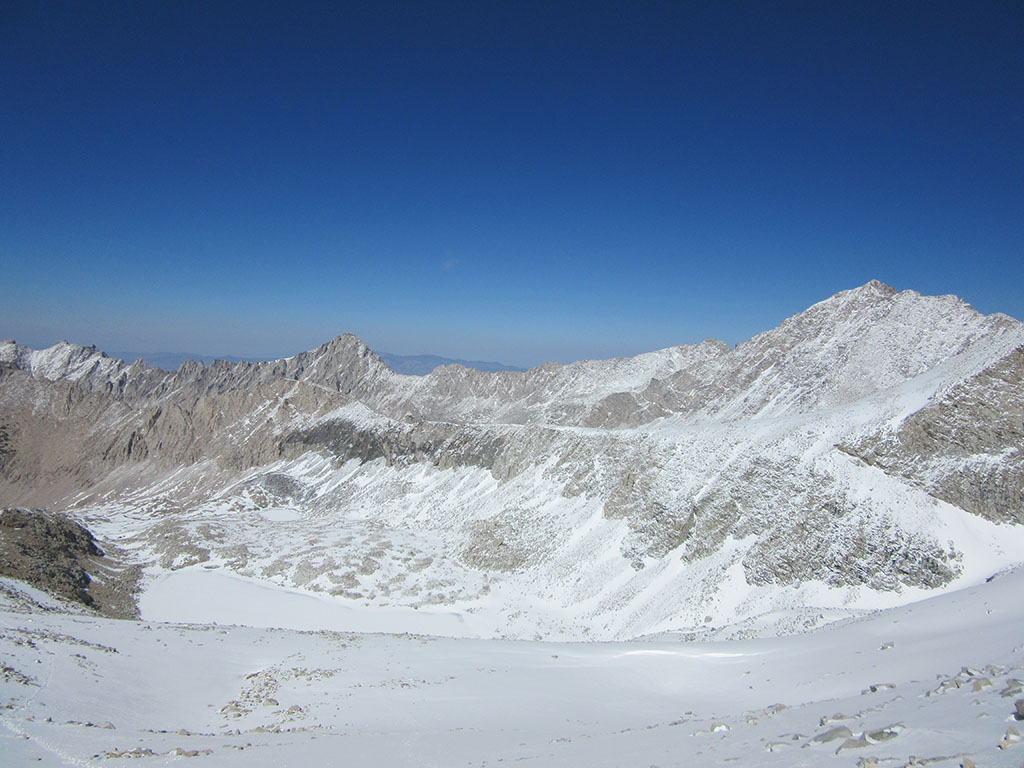
1. Realize it isn’t all snow
The thought of hiking through hundreds of miles of snow is quite daunting, but northbound thru-hikers pass through the Sierras and San Juans in the spring when it’s no longer full snow coverage. While a significant amount of snow will probably be present at high elevation, the trail will likely be snow-free or patchy at lower elevation. And with each passing day, more of the trail will emerge as the snow continues its rapid melting pace.
2. Pack warmer clothing
The amount of clothing required to stay warm at night in the desert is not enough for the Sierras or San Juans. It’s a mistake to not add warmer clothing and/or a warmer sleeping bag or quilt. Be prepared for temperatures to drop well below freezing at night.
Also, make sure to carry gear that provides leg protection while hiking, not only for the cold but to protect against the abrasion from snow.
For thru-hiking during spring snow, I would add the following to my gear based on my preferences: a warmer quilt, a heavier down jacket, thermal leggings, beanie, gloves, and another pair of wool socks.
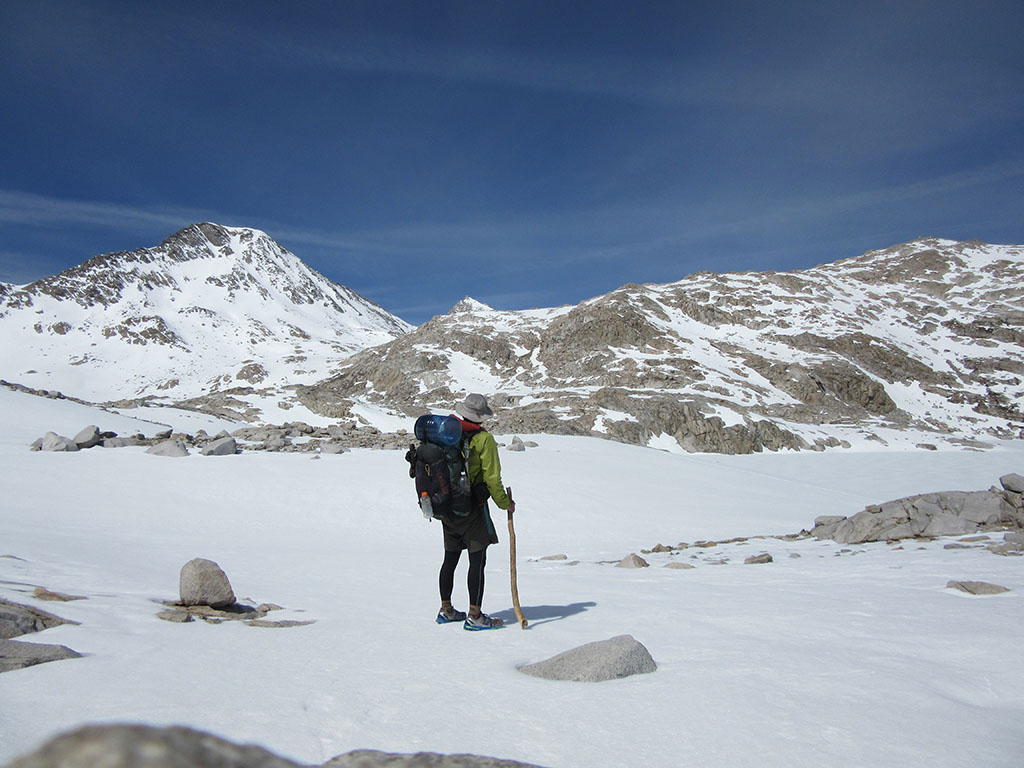
3. Pack necessary snow gear
Along with a heavy food carry and warmer clothing (and a bear canister for the PCT), thru-hikers may also need to carry snow gear. The three most popular items being: ice axe, microspikes and snowshoes. Which snow gear is necessary depends on the conditions.
The conditions that early season thru-hikers are walking into are mostly unknown. These thru-hikers carry the snow gear believed to be necessary and take the risk that what they are carrying is sufficient (and turn back if necessary).
For thru-hikers arriving later, beta regarding current snow conditions can usually be found posted on the Facebook class page (e.g., PCT Class of 2020), currently the most popular medium used by thru-hikers to share information.
4. Be aware of snow dangers
Thru-hikers need to be knowledgeable about the dangers of hiking in the mountains when there is snow, such as avalanches, cornices, snowstorms, frozen lakes, river fords, frostbite, hypothermia, etc. However, this is an advanced topic beyond the scope of this post.
When I hiked the Sierras and San Juans in spring snow, navigating across or around icy and steep slopes was one of the biggest challenges I experienced. On the PCT, I also dealt with two major snowstorms, while on the CDT, I had serious postholing issues.
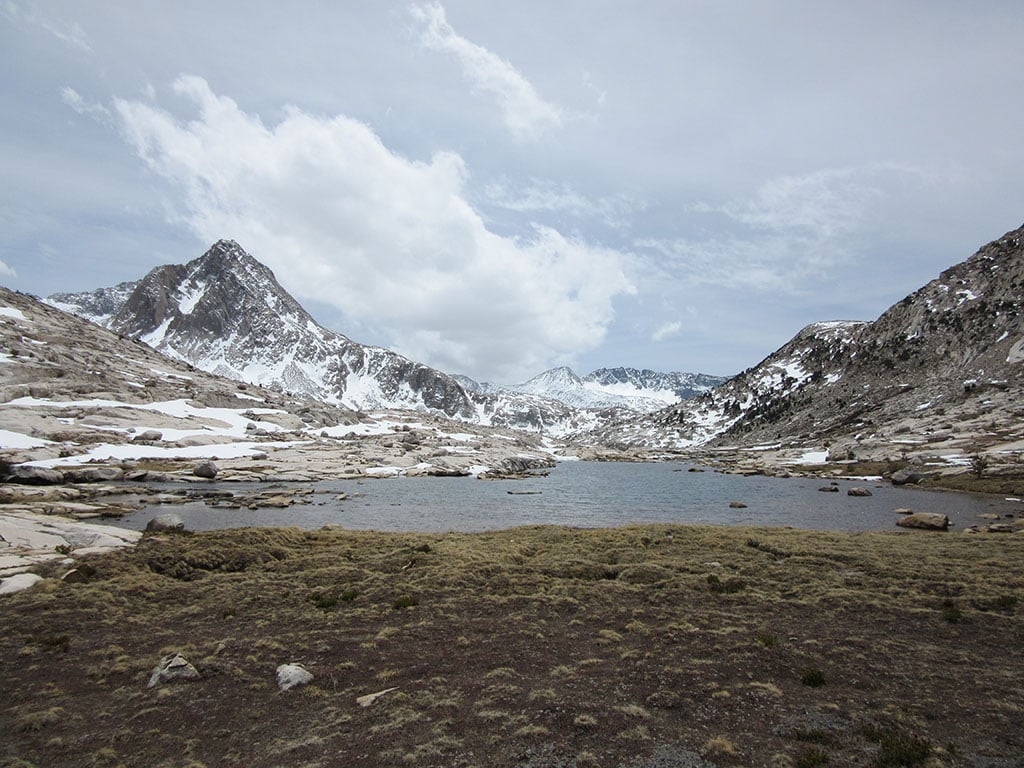
5. Take extra care of your feet
About the time you reach the Sierras or San Juans, you should have already replaced your trail runners, or you should do it now. New shoes make a huge difference when you are about to hike the most difficult section with one of your heaviest carries.
Expect to walk in wet shoes for the entire Sierras and San Juans because of the melting snow and stream crossings. This means cold and wet feet every day for over two weeks. There is no easy solution to this problem. A good pair of wool socks will help keep your feet warm during the day, but always have a dry pair of socks at night for sleeping. This is one of the few chances you will have to warm up your feet and allow them to recover from the cold and the effects of pruning to get them ready for the next day.
6. Decrease your daily mileage
Your daily mileage in the Sierras and San Juans will be lower than what it was in the desert because of the increased elevation gain and snow. Make sure to account for the slower miles when resupplying, so as to not run out of food.
I recommend decreasing your daily mileage by 1/3 of your desert average. As a relatively fast hiker who hikes around 30 miles a day, I averaged 20 mpd in the Sierras and 15-20 mpd in the San Juans.
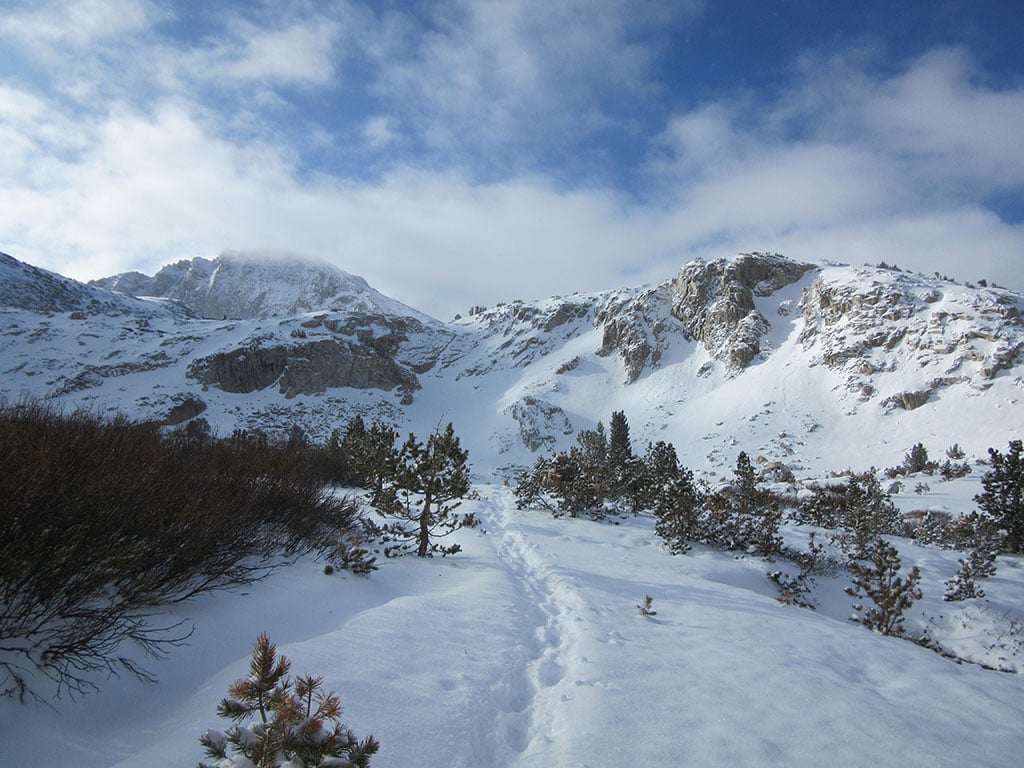
7. Pack extra food and fuel
If your pack wasn’t heavy enough, now is the time to carry extra food and fuel. Carrying an extra day’s worth of food will give you options when hiking into unknown snow conditions. It will allow you to focus more on safely navigating the snow and less on always having to make your daily mileage. It also allows for shorter days when inclement weather prevents you from making progress.
Extra fuel may be necessary to melt snow for drinking water. While water can generally be found everywhere in the Sierras and San Juans, there may be times when you are forced to camp where there’s no water nearby, e.g., snow-covered ridges, inaccessible frozen lakes, etc.
8. Learn about the alternative resupply options
Snow conditions may force you to abandon your predetermined resupply strategy, so be knowledgeable about the less popular resupply options that are available and also the different approaches to get there.
Furthermore, if you are resupplying at certain roads that are closed during the winter, be aware of the possibility that such roads may not be opened upon your arrival or may close on a temporary basis because of recent snow conditions.
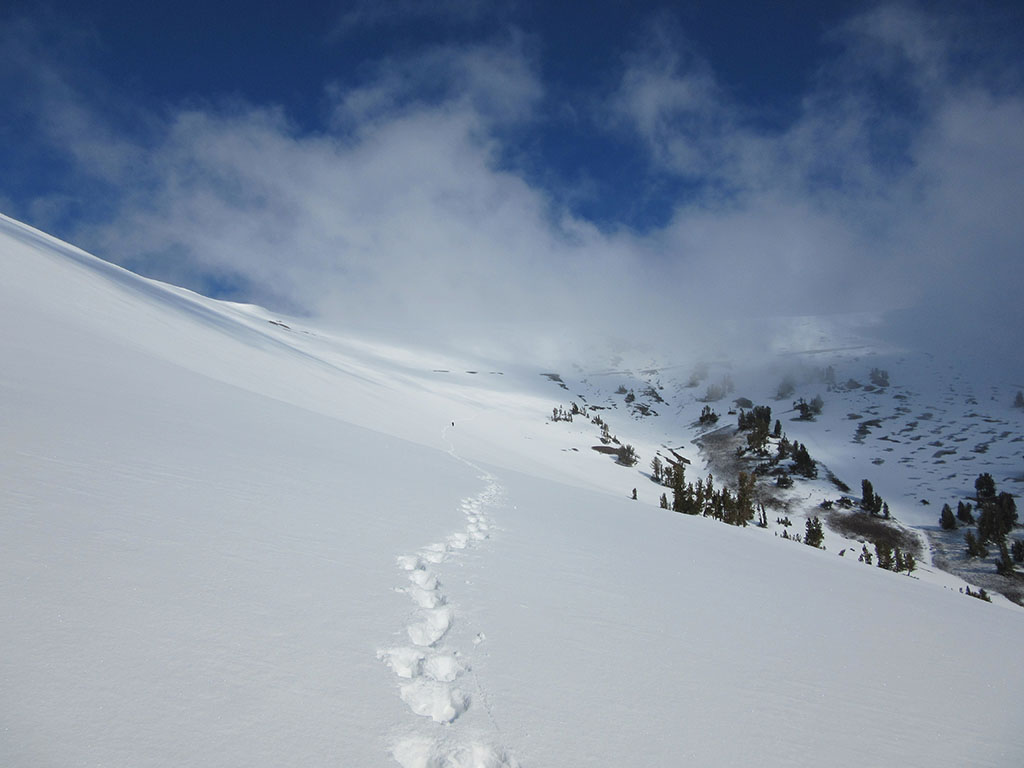
9. Team up with other thru-hikers
A lot of thru-hikers prefer hiking solo, but the Sierras and San Juans in the snow is a time when hiking with a partner or group is a smarter decision. More things can go wrong while hiking in snow, so most thru-hikers are looking to team up with others once they reach this section.
10. Carry overview maps
Most thru-hikers rely on maps made available for free by friends of the trail, but these maps generally show no more than the official trail and popular alternates. Overview maps are necessary to allow you to plot a better route forward when the official trail goes into unsafe terrain because of the snow.
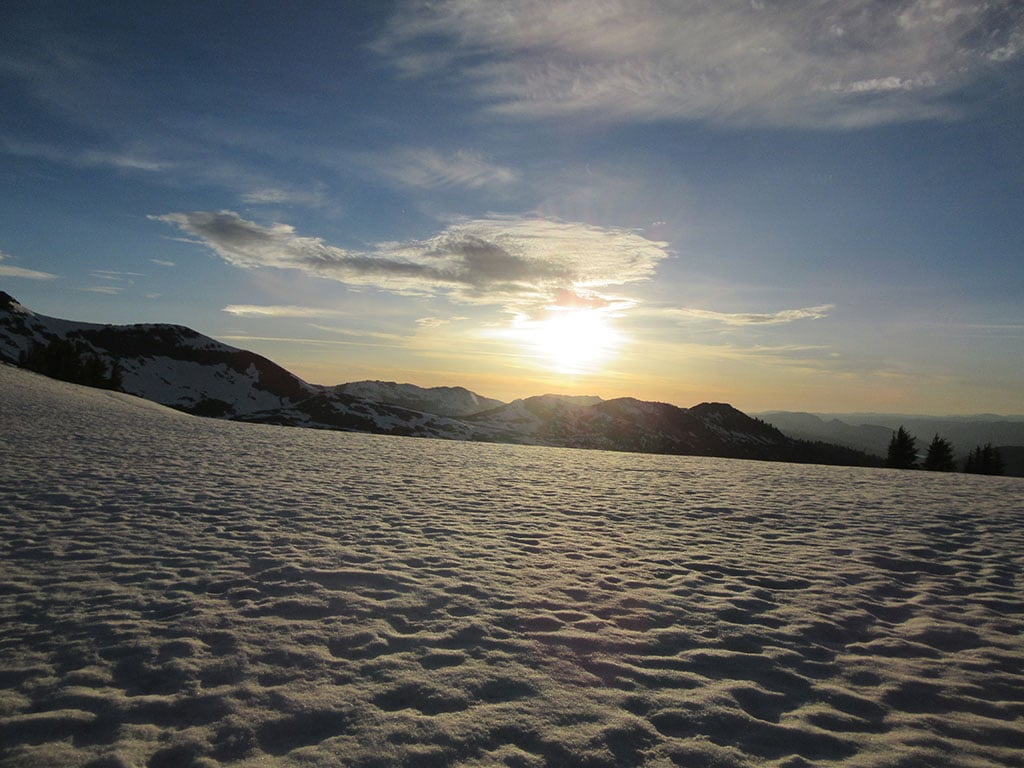
11. Have GPS capabilities
Paper maps and compass will always be king for backcountry navigation, but there’s no denying the convenience of a GPS. Navigation becomes more difficult when the trail is covered in snow, so having a GPS as a backup can save a lot of time when miles are hard to come by.
12. Be prepared for snowstorms
It may be spring, but it still snows in the mountains and late season snowstorms do occur. Check the forecast to make sure you are not unexpectedly walking into any snowstorms.
However, a forecast of the mountains may not always be accurate, especially, for thru-hikers who are covering far distances over many days. Be prepared to continue hiking out of necessity when it snows, but also be ready to hunker down for extended periods of time if the weather deteriorates to a point where it is not prudent to continue hiking.
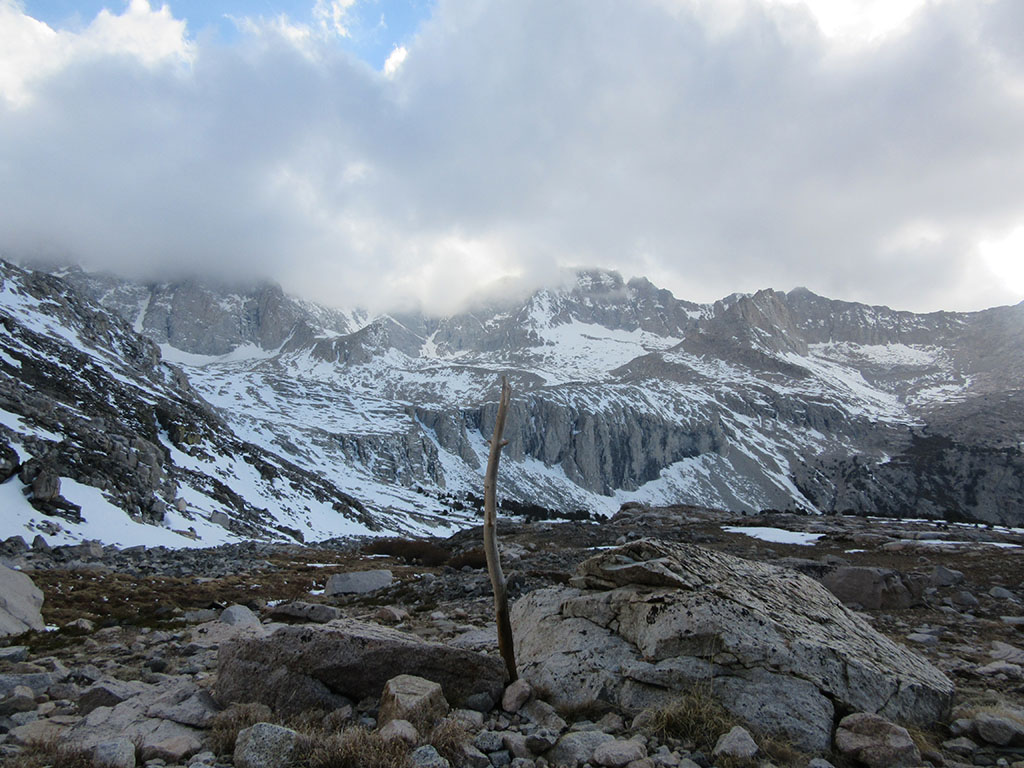
13. Know the limitations of your gear in snow
If your shelter or sleep system is not suited for snow camping, make sure to stop early and avoid venturing into deep snow late in the day. Thru-hikers will need to hike longer hours to maintain their necessary mileage, but avoid night hiking in snow. You should be able to find bare ground for camping on most nights.
14. Be aware of gear freezing at night
Nighttime temperatures generally drop below freezing, so any gear you leave in your vestibule will likely be frozen in the morning. The most noticeable will be your wet shoes. Make sure to loosen the laces and open them up every night. Another approach is to bag them and keep them inside your tent to prevent freezing.
Another common gear you need to prevent from freezing at night is your water filter if you are carrying one. Place it in your sleeping bag or jacket when you sleep.
15. Protect against waterborne illnesses
After leaving the desert, it is a heavenly feeling to find water practically everywhere in the Sierras and San Juans. However, certain precautions need to be taken in the mountains to prevent waterborne illnesses.
If you use chemical water treatment, wait a bit longer before drinking water because it takes more time for it to work in colder water. If you use a water filter, make sure to protect it from freezing at night.
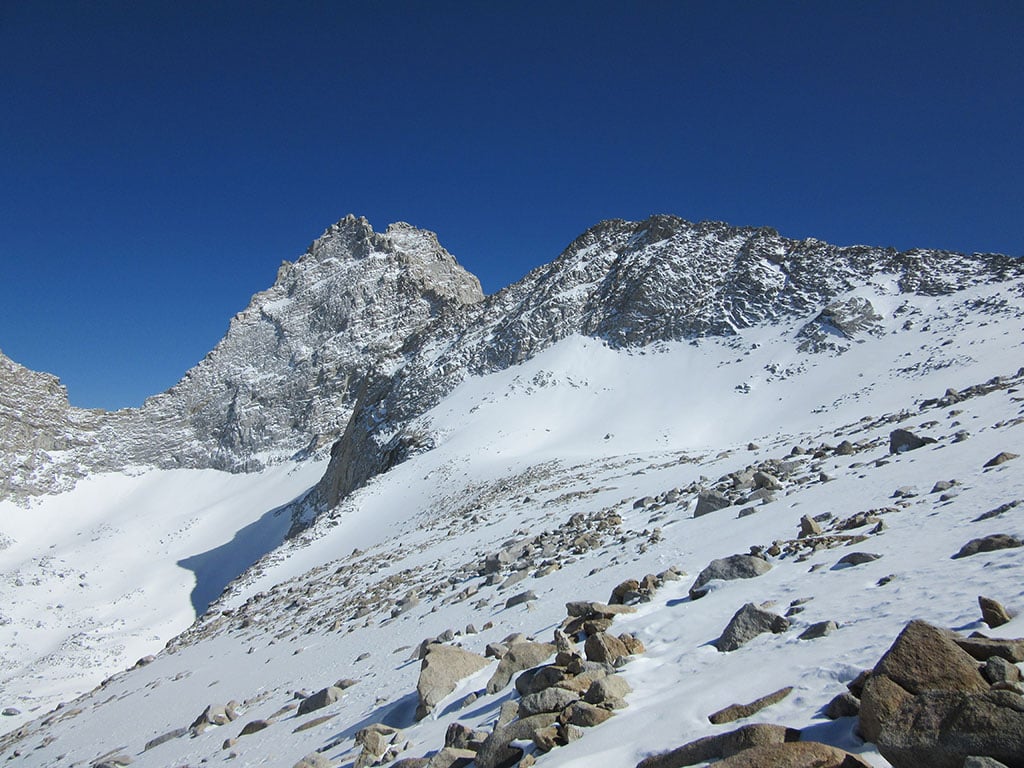
16. Read the signs in the snow
Even if the trail is buried in snow, that does not necessarily mean being able to follow it is a lost cause. Look for signs of the trail such as good tread beneath the snow, slight depression in the snow, trail markers nailed or carved onto trees, cut logs, etc.
Luckily, the easiest means of navigating in snow is following the tracks belonging to the migration of thru-hikers across the mountains. However, rely on your own judgment for navigation because earlier thru-hikers may not have taken the safest route.
Also, I recommend identifying the footprints of the hikers in your group because you will not always be hiking together. In addition, take notice of the time of the day if you start postholing and the slope face that holds more snow for planning purposes.
17. Consider the alternatives
Thru-hiking in snow entails greater risks than when the trail is devoid of snow. It will not be completely safe, and it is not for everyone. A great number of thru-hikers do not immediately rush into the Sierras or San Juans upon arrival. Thru-hikers every year do all sorts of things to avoid the snow.
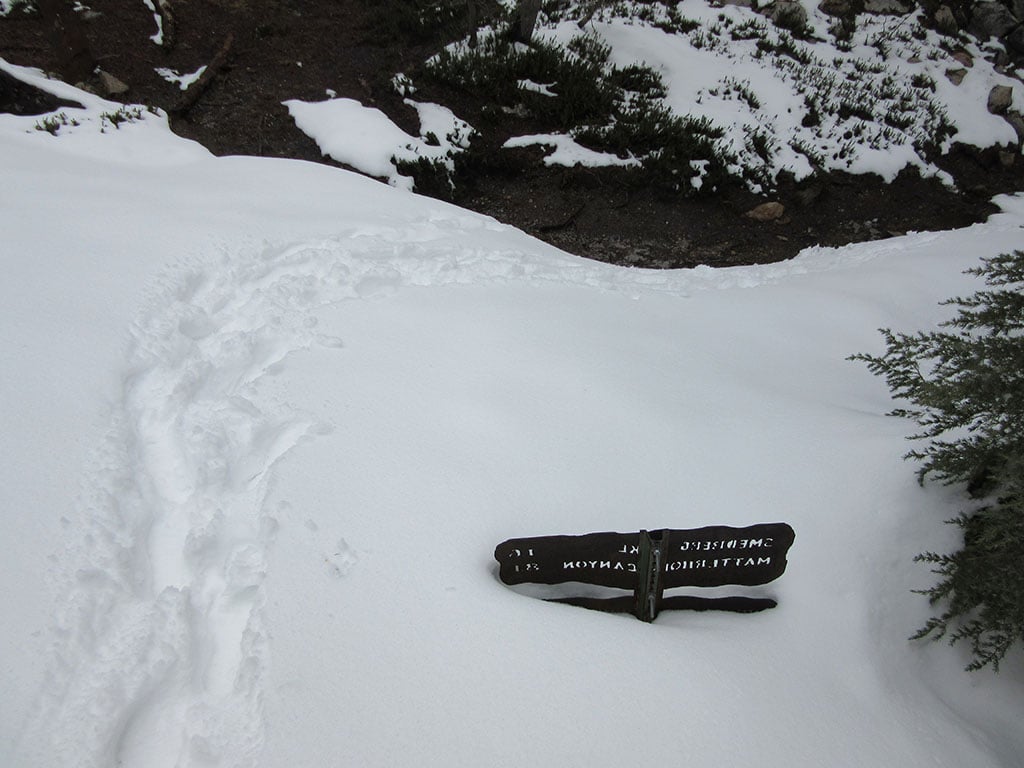
Some hikers take time off and wait for more snow to melt. In the spring, the snowpack melts rapidly, and changes are noticeable every week. Early season thru-hikers may encounter significant levels of snow, while thru-hikers entering a few weeks later may see barely any.
Some thru-hikers jump ahead on the trail to where it’s snow-free and return to finish what they skipped. Some thru-hikers jump to Canada and walk southbound to where they left off.
Doing any of these alternatives is perfectly acceptable. Your safety is the most important thing to inform your decision upon reaching the Sierras or San Juans.
Related Posts:
- Nutrition for Thru-Hikers Part 1: Food for Fuel
- Thru-Hiking Nutrition, Part 2: Eating for Health
- Thru the Lens: The Pacific Crest Trail
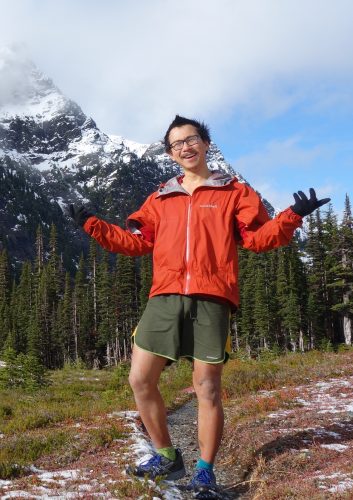
Quoc Nguyen, a.k.a. Double Magic, was born in Vietnam and now hails from Littleton, Colorado. He has a BSBA from the University of Colorado Denver and a JD from the University of Denver. His life is mostly hiking—whether that’s for peak bagging or thru-hiking. The Colorado mountains are his beloved playground and he’s currently chasing his dream to climb all the 13ers. Last summer, he completed the last of his Triple Crown, the CTD.

